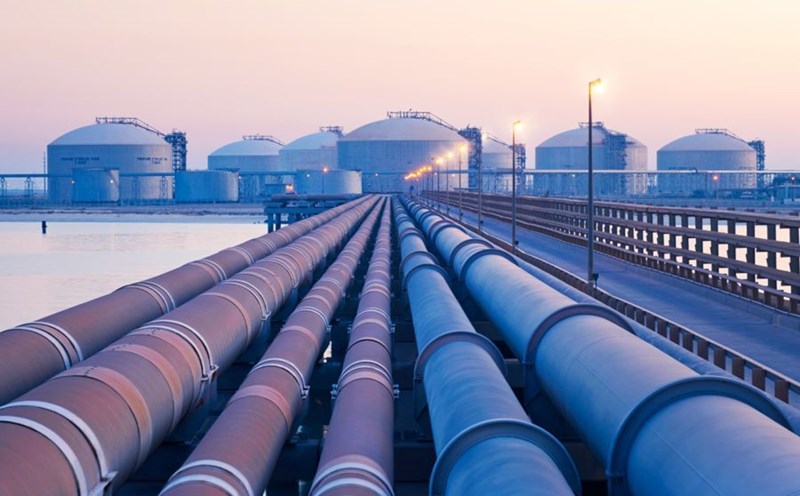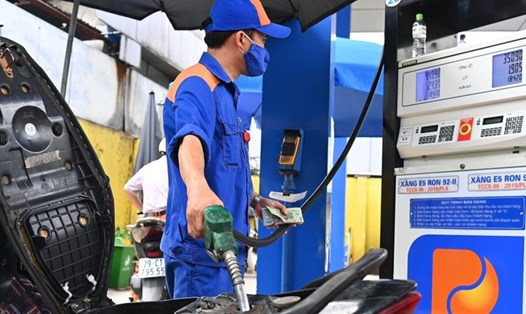Specifically, Brent oil prices increased by 0.6%, at 80.48 USD/barrel. At the same time, WTI oil prices increased by 0.58%, down to 76.62 USD/barrel.
Last week, data from the US Energy Information Administration (EIA) showed that US crude oil reserves as of July 14 had decreased by 708,000 barrels, down to 457.4 million barrels; US gasoline reserves also decreased by 1.1 million barrels.
Notably, data from Baker Hughes Energy Services Company shows that US energy companies have reduced seven oil drilling rigs to 530 - the lowest level since March 2022. The number of American oil rigs is an early indicator of future output.
In the context of a shortage of supply, especially predicted to be large compared to demand by the end of the year, US Energy Secretary Jennifer Granholm on July 22 reiterated the call for more oil supply.
According to CNBC, along with OPEC+'s 2 million barrel/day output cuts, some OPEC+ members are voluntarily cutting output by 1.66 million barrel/day until the end of 2024.
In addition, Saudi Arabia and Russia have voluntarily announced further cuts in July and August, respectively, cutting production by 1 million barrels/day and exporting 500,000 barrels/day.
The shortage of supply has many investors hoping that the Fed will soon stop raising interest rates in the coming months.
Joseph McMonigle, secretary-general of the International Energy Forum, said oil prices will increase in the second half of the year due to difficulties in supply in meeting demand.
Domestic retail prices of petroleum on July 24 are specifically as follows: E5 RON 92 gasoline is not more than VND 21,639/liter; RON 95 gasoline is not more than VND 22,792/liter; diesel is not more than VND 19,500/liter; kerosene is not more than VND 19,189/liter; mazut is not more than VND 15,722/kg.




